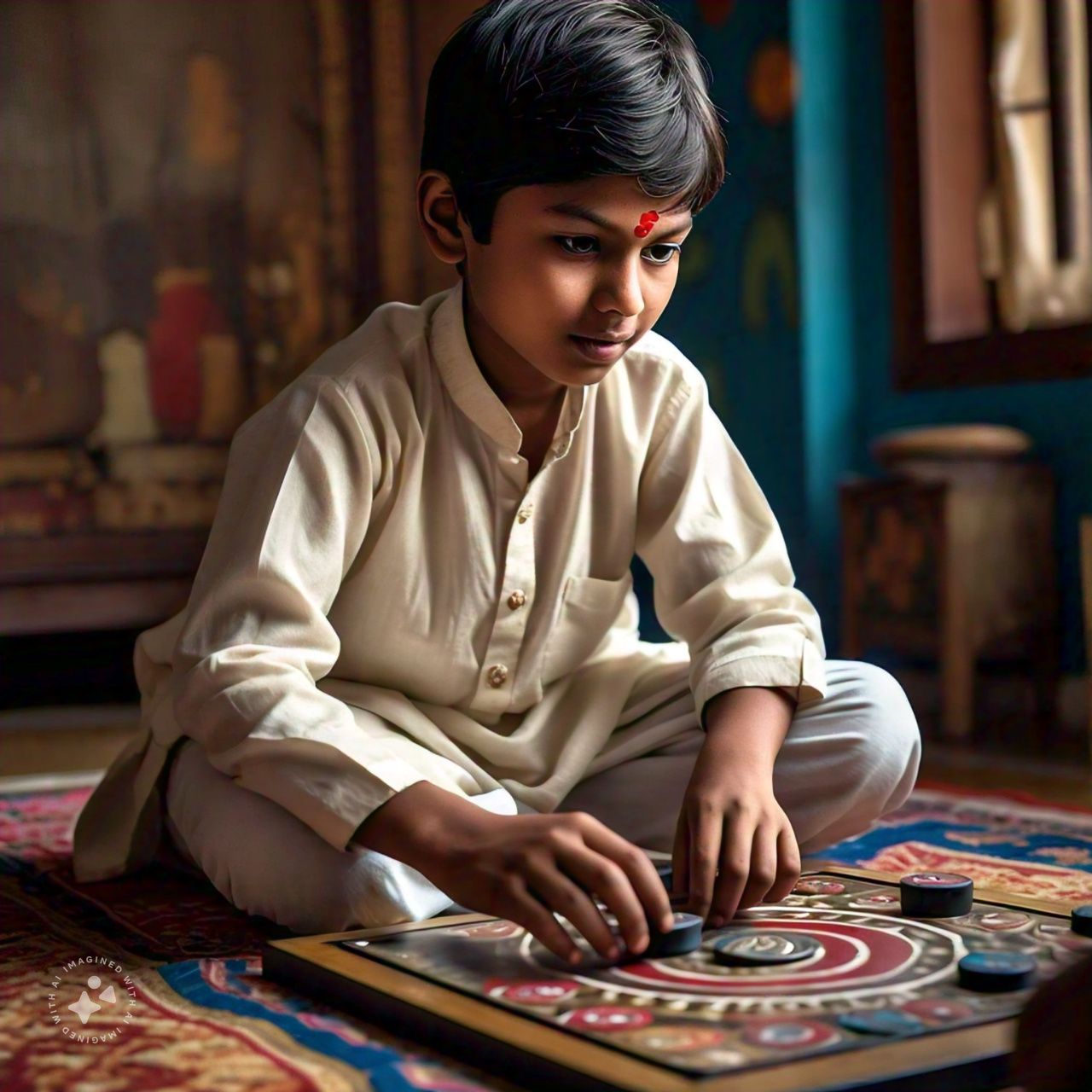Local festivals have long been a vibrant part of communities worldwide, offering a glimpse into the cultural heritage, traditions, and social fabric of a region. These festivals, often steeped in history, have evolved significantly over the years, adapting to the changing needs and preferences of their communities while retaining their core essence. This evolution reflects the broader changes in society, from shifts in technology and communication to changes in social dynamics and cultural exchange.
As societies have modernized, so too have local festivals. The introduction of new technologies, changes in work patterns, and increased mobility have all influenced how festivals are celebrated. For instance, the advent of electricity allowed for night-time celebrations, extending the duration and vibrancy of festivals. Similarly, advances in transportation made it easier for people from different regions to attend festivals, leading to a greater exchange of cultural practices and ideas. In recent decades, local festivals have also begun to incorporate more contemporary elements, blending traditional customs with modern entertainment. Music festivals, food fairs, and cultural exhibitions often feature both traditional and modern performances, catering to a wider audience. This blending of old and new ensures that festivals remain relevant and appealing to younger generations, while still honoring their historical roots.
Local festivals are a living reflection of the communities that celebrate them. They have evolved over time, adapting to changes in society while preserving their cultural significance. This evolution is a testament to the resilience and adaptability of human culture. As long as communities continue to value and celebrate their heritage, local festivals will remain a vibrant and integral part of our social fabric, providing a space for tradition, innovation, and communal connection.

